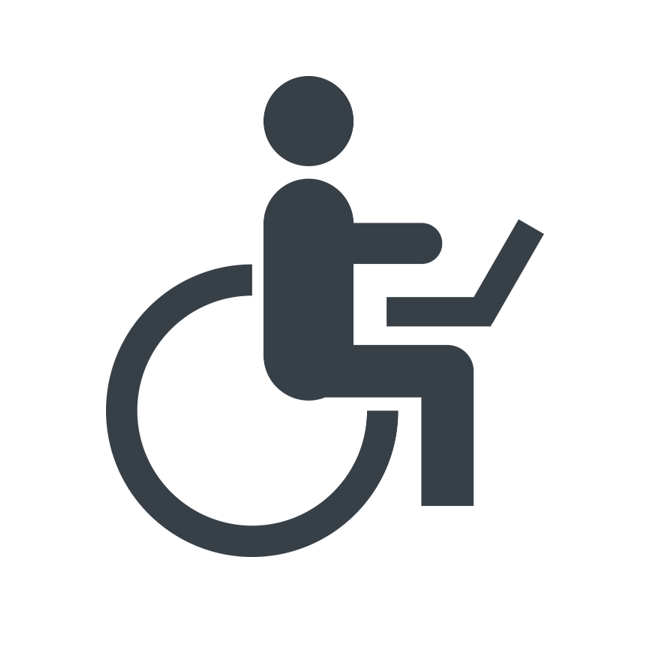The Austrian Accessibility Act (BaFG), which transposes EU Directive 2019/882 (European Accessibility Act) into national law, will enter into force on 28 June 2025 (see related KWR report). The act imposes significant obligations on companies operating websites and mobile applications. This blog post aims to inform you about the specific requirements which websites and the legally prescribed accessibility declarations must fulfil.
Pursuant to Section 4 (3) in conjunction with Annex 1 BaFG, websites must “be designed in a coherent and appropriate manner to make them perceivable, operable, comprehensible and robust”. Among other things, this includes
- Perceptibility: Information must be provided via more than one sensory channel (e.g. visual and auditory).
- Operability: The website must be operable using various input methods, including the keyboard.
- Comprehensibility: Information must be presented in an understandable way, including appropriate font sizes and shapes.
- Robustness: The website must be compatible with assistive technologies such as screen readers.
In practice, this means e.g. providing alt texts for images and graphic elements, sufficient contrast for texts and interactive elements, and a semantically correct structure of the content with a clear heading hierarchy.
A central new element under the BaFG is the obligation to publish an accessibility declaration. Pursuant to Section 14 (2) in conjunction with Annex 3 BaFG, service providers must prepare the required information and make such information available to the general public in written and oral form, including a form accessible to persons with disabilities.
Enterprises should therefore check as a matter of urgency whether their website falls within the scope of the BaFG. If so, a comprehensive accessibility test must be carried out as a basis of a structured action plan to remove existing barriers. Furthermore, an accessibility declaration must be drawn up and made available.
Your KWR Data Protection Team will be happy to support you.
